This is a short guide to tools and materials for traditional wet mounting, to see the full process in action try this video from the British Museum:https://www.youtube.com/watch?v=t8_jZtq-p5Q.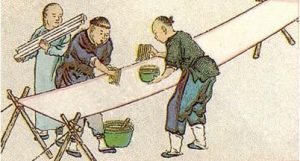
Mounting: Materials
- Alum Powder: high grade fine alum powder. It is used to wash paintings and make mounting glues.
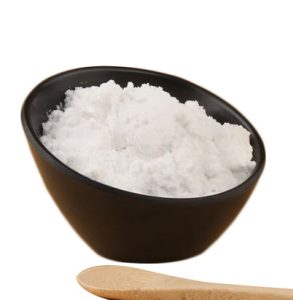
- Supporting Paper 托纸: in fact this is also Xuan paper. Since there are many types of Xuan papers, the type of supporting paper is up to the type of Xuan paper which is used for the painting.
- Glue: it is made with flour and alum. Also, in order to ward off mould etc, you can also add some antibiotic agent in the flour when making the glue.
- Silk fabrics, paper: these special fabrics or papers are used to decorate the mounting. These fabrics have two sides and you need to be careful to choose the outside of the fabric to mount. To be specific, theses fabrics are,
–- 锦 Jin: A special thick type of ‘silk’. In fact, this fabric is not pure silk. It is silk with polyester. Therefore, the price is very affordable too.
–- 绫 Ling: it is not as thick as Jin 锦. Normally the pattern is either clouds or animals. It is common to use plain colours of Ling. For example the colour can be white, beige, and light grey. Such fabric is very fragile. As a result of this, remember to avoid scratching it. When it is necessary, you can only gently remove the dust with duster.
–- 绢 Juan: it is thin and strong and it is mostly pure silk. Unlike other fabrics, either side of Juan silk can be ok for mounting.
–- 纸 Mounting Paper: traditionally, people used Pi paper to replace expensive special mounting paper. However, nowadays due to the production improvements, it is affordable to use special mounting papers. For normal paintings, you can choose normal machine made mounting papers; for valuable art works and ancient paintings, it is still recommended to use expensive handmade mounting papers.
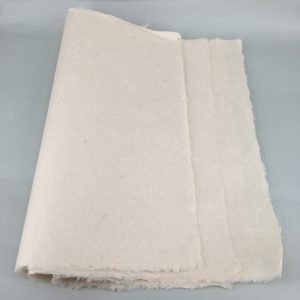
Mounting: Tools
Table:
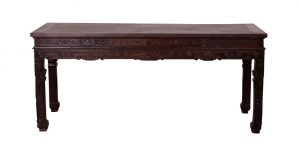
- Table height is up to the height of the person who is going to do the mounting work. In China the recommended table height is 80cm. In Europe and North America, the table may be higher.
- Table surface should be flat. The size of the table is up to the size of the painting which you plan to mount. However, normally the bigger the table is the better.
- Table Colour should be dark. In order to help detect the details, it is very important to make the table painted in dark colour so that it can create big colour contrast when mounting painting which is done on white paper. The popular colour for mounting table in China is dark red.
Mounting Wall:

The purpose of preparing a flat mounting wall is to hang painting. Therefore, as long as it is flat it is good. You can hang a piece of flat wood on flat wall in your house. Or, you can reuse a wooden door.
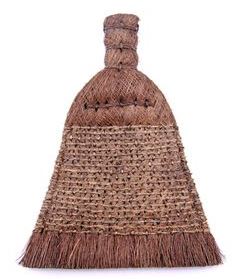
Palm Brush 棕刷(排刷):
One big size palm brush and two small size palm brushes are needed. The big brush is used to apply water on painting; one small brush is used to apply glue while the other small brush is used to flatten the painting and get rid of the bubbles between papers by brushing the paper surface. It is very important to keep these brushes clean and dry.
The new palm brush should not be used directly to mount paintings. It needs special treatment. First boil the new palm brush in soda water to get rid of the chemicals on palm barks. Then use #4 sandpaper to polish the brush edge so that the brush would not break the painting during mounting.
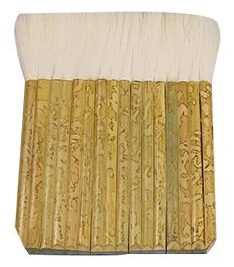
Wool Brush 排笔:
This is a special wide wool brush made from 18 long-pointed wool brushes and used to apply mounting glue.
Before use it is recommended to rinse the new wool brush with alum water.
After use, as with any brush, remember to clean and dry the brush after using it.

Feather Duster:
The duster is used to get rid of the bubbles between papers and also clean duster, extra water drops. In China, the traditional feather duster is made of chicken feather. If this type of duster is not available, you can also find plastic duster easily in local supermarket.
Several different shapes of knives are needed for mounting. Refer to the photos below.
Awl:
There are many awls available in market but a comfortable one specially made for mounting purpose might be difficult to find. Therefore, you can make one yourself at home. Find the largest size, of around 7 to 10 cm length, sewing needle you can find at home. Then use paper to wrap the needle carefully with glue till the size of the needle handle is comfortable for you.
It is not used often. The main function of tweezers in mounting is to remove small any lint or hair.
It is a blunt blade bamboo knife which is designed to help remove the painting from the mounting wall or mounting table. If you cannot find a proper one, you can also make one at home with a piece of fine bamboo and then polish the bamboo extremely well so that it would not break the painting.
Wooden Frame 尺板:
It is a long piece of wood tool with the same shape as ruler. The standard size is around 5 * 150 to 200 cm. The purpose of this tool is to help fold, cut, and stabilise the paper. Therefore, you can either make such tools at home or find similar tool in your local supermarket.
A piece of thin flat wood or plastic surface 裁板:
it is used to lay beneath the mounting paper/ silk when cutting the materials in order to protect the mounting table from being scratched.
Rolling Pin:
The popular size in China is 3 to 4 cm diameter, 66 cm length.
In China people look for big size stone and polish on size of to make it flat. You can find such tool available in special Chinese art shops. However, according to inkston’s experience, it is not easy to find a proper one in market. Therefore, we would simply recommend you to use fine paperweight which you use for painting. If you are professional mounting craftsmen, we would still suggest you to make such stone yourself.
Wax:
Wax is used on the back size of the painting to protect the painting from moths and moulds and humidity. The popular wax used in China is a special white wax from SiChuan province 四川.
Strings, tapes, wood parts.
Besides materials listed above, there are also other small tools you might need for mounting.
Visit Mounting Accessories Shop
Mounting Paper – Cotton Xuan
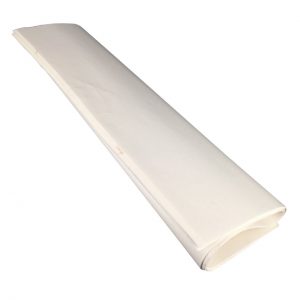 This mounting paper is made with Xuan paper and cotton. The thickness is similar to thick double layer or triple layer Xuan paper. Price is for a roll of paper 85cm wide and 5m long, suitable for mounting full size works (eg our Plus size 70cm wide, 135 long). The overall size of paper (surface area around 42.5m2) is equivalent…$36.00 (USD)
This mounting paper is made with Xuan paper and cotton. The thickness is similar to thick double layer or triple layer Xuan paper. Price is for a roll of paper 85cm wide and 5m long, suitable for mounting full size works (eg our Plus size 70cm wide, 135 long). The overall size of paper (surface area around 42.5m2) is equivalent…$36.00 (USD)
$36.00 (USD)
Brand: inkston
Materials: Cotton, Qing Tan, Rice Straw
Packaging: Roll
Recommend to: Advanced Level, Medium Level, Professionals
Suitable for: Mounting
Product Size: 85 x 5000 x 0.1 cm
Mounting Paper – Cotton Xuan
$36.00 (USD)
Add
Mounting Silk
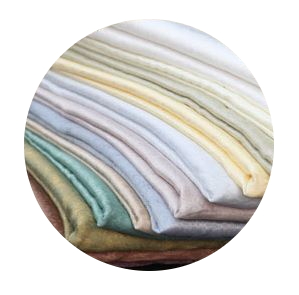 This is a customizable product: when you check out you can add notes or picture to let us know the colour/design you are interested in and we will source it for you.$36.00 (USD)
This is a customizable product: when you check out you can add notes or picture to let us know the colour/design you are interested in and we will source it for you.$36.00 (USD)
$36.00 (USD)
Brand: inkston
Materials: Cotton, Polyester, Silk
Recommend to: Advanced Level, Medium Level, Professionals
Suitable for: Mounting
Product Size: 940 x 85 cm
Mounting Silk
$36.00 (USD)
Add
Mounting Spatula
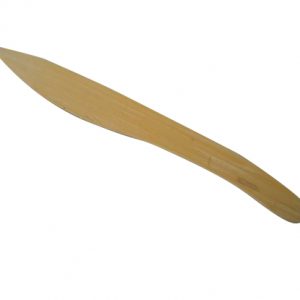 This tool is made specially with fine bamboo. The blade is blunt. It is used to help lift and separate paper during mounting.$5.00 (USD)
This tool is made specially with fine bamboo. The blade is blunt. It is used to help lift and separate paper during mounting.$5.00 (USD)
$5.00 (USD)
Brand: inkston
Materials: Bamboo
Recommend to: Advanced Level, Medium Level, Professionals
Suitable for: Mounting
Product Size: 2.5 x 23 cm
Mounting Spatula
$5.00 (USD)
Add
Mounting String
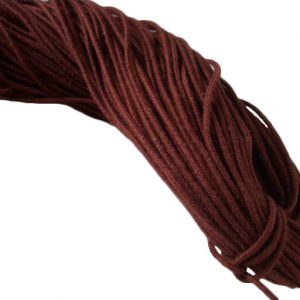 $8.00 (USD)
$8.00 (USD)
$8.00 (USD)
Brand: inkston
Materials: Polyester
Recommend to: Advanced Level, Medium Level, Professionals
Suitable for: Mounting
Product Size: 850 cm
Product Weight: ,,
Mounting String
$8.00 (USD)
Add
Mounting Wool Brush
 This is a special wide wool brush made from 18 long-pointed wool brushes and used to apply mounting glue.$9.00 (USD)
This is a special wide wool brush made from 18 long-pointed wool brushes and used to apply mounting glue.$9.00 (USD)
$9.00 (USD)
Brand: inkston
Materials: Bamboo, Wool
Recommend to: Advanced Level, Medium Level, Professionals
Suitable for: Mounting
Product Size: 9 x 10.5 x 0.7 cm
Product Weight: ,,
Mounting Wool Brush
$9.00 (USD)
Add
* Reference: page 4 – 9, 图说中国书画装裱‘Chinese Mounting Guide with Photos’, Yan Gui Rong 严桂荣, Shanghai People’s Art Publishing House, edition 1, January, 2016.
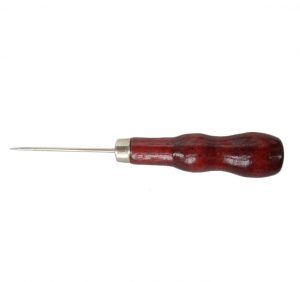
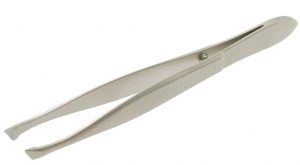
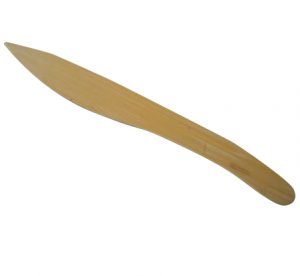
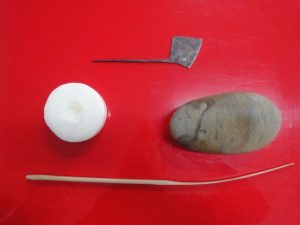
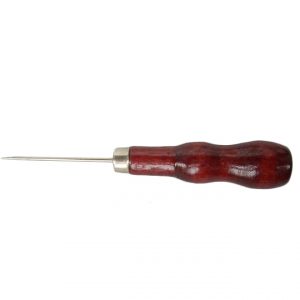
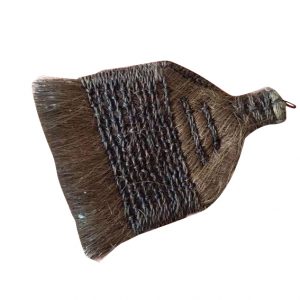





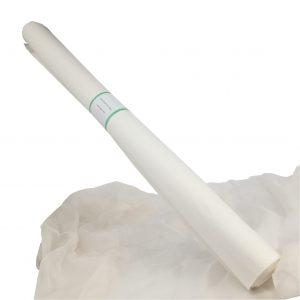
No comments:
Post a Comment